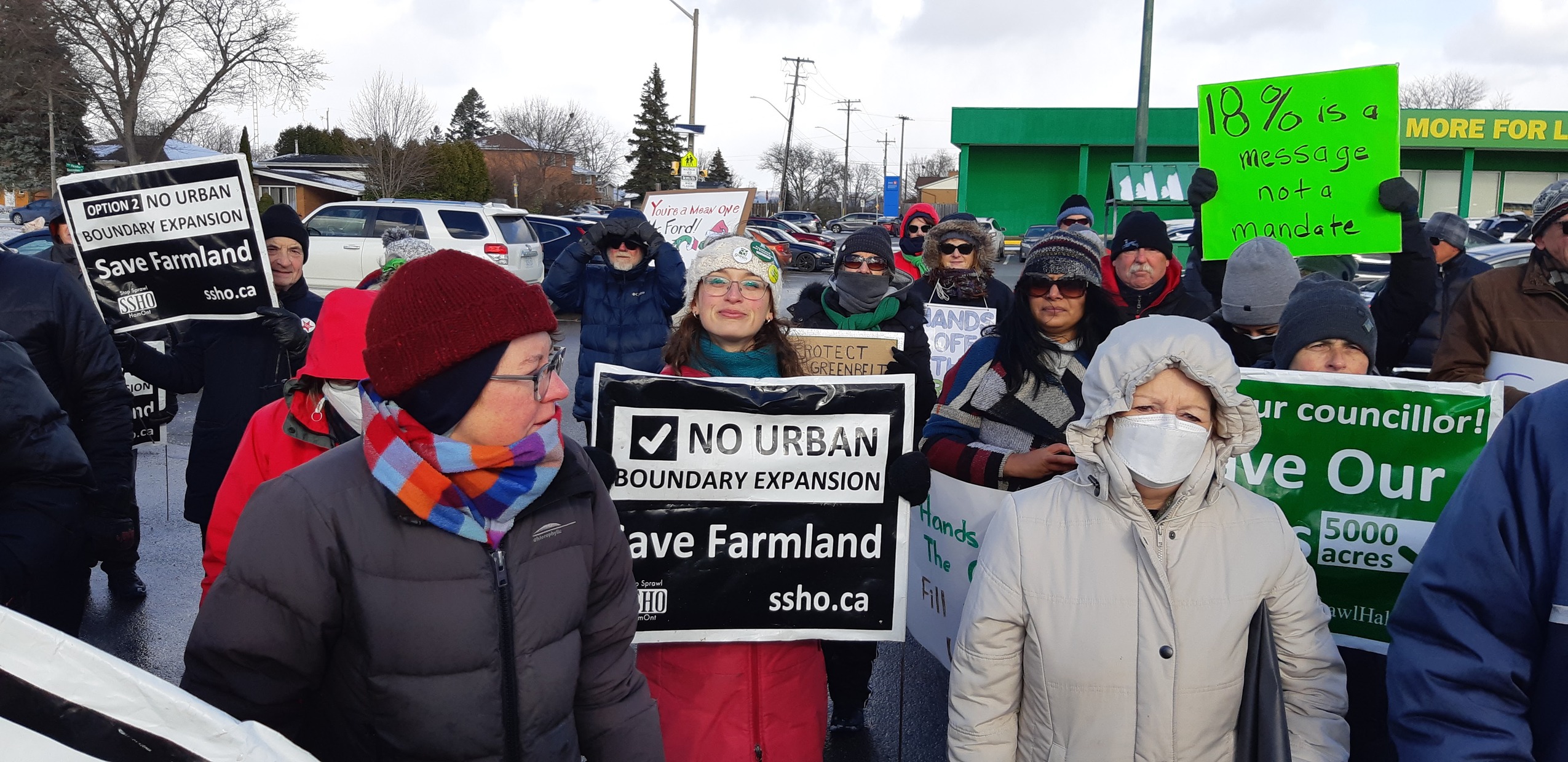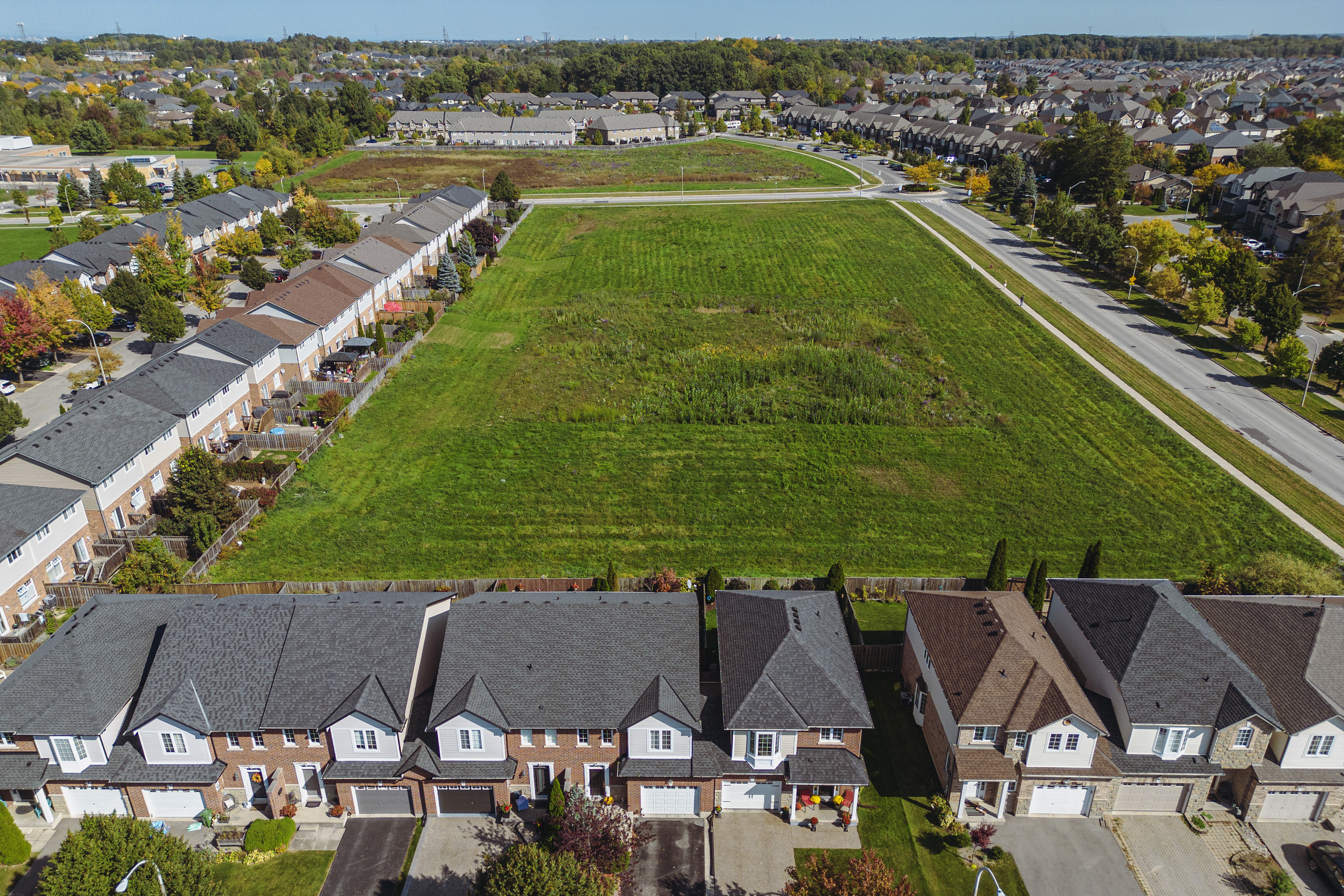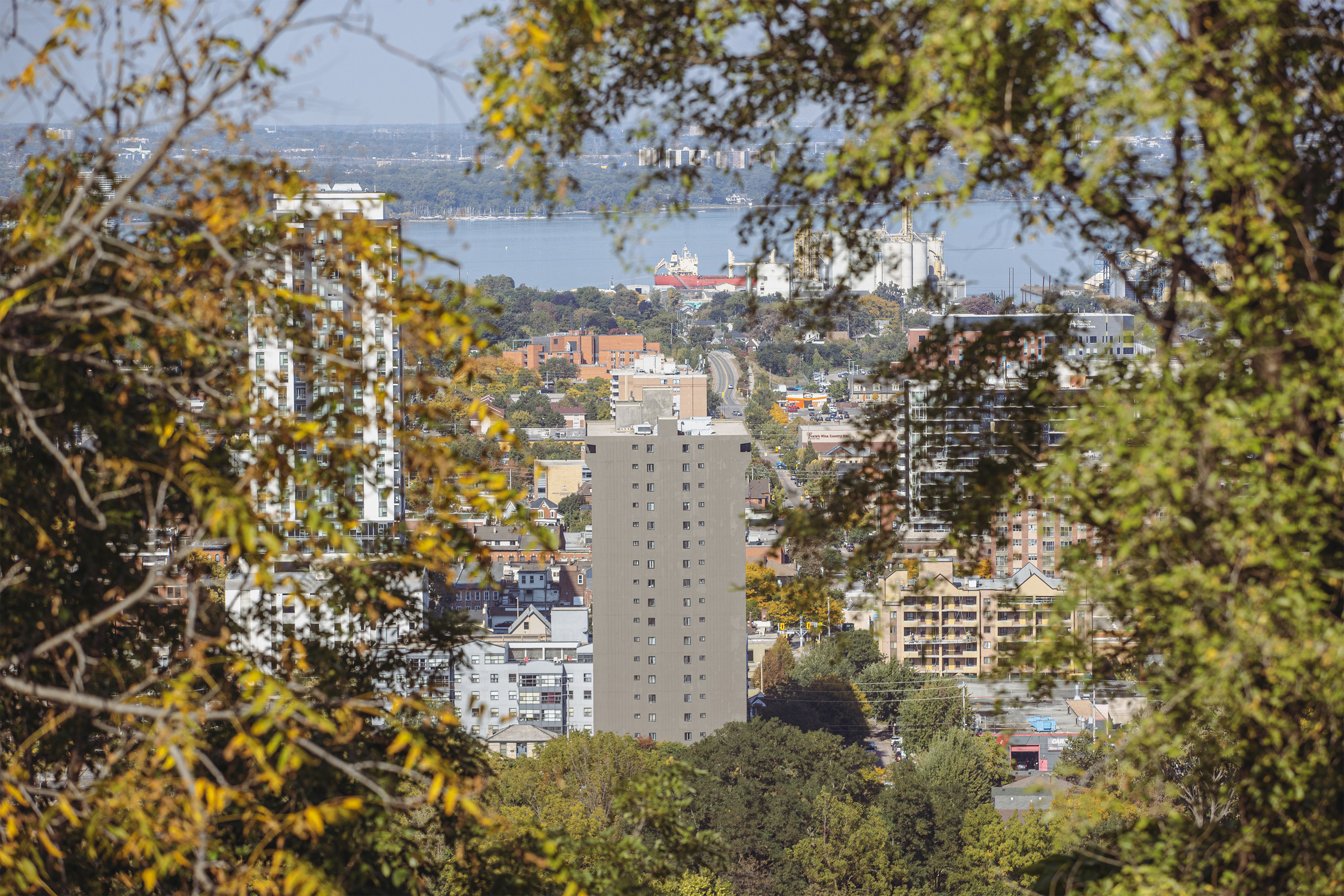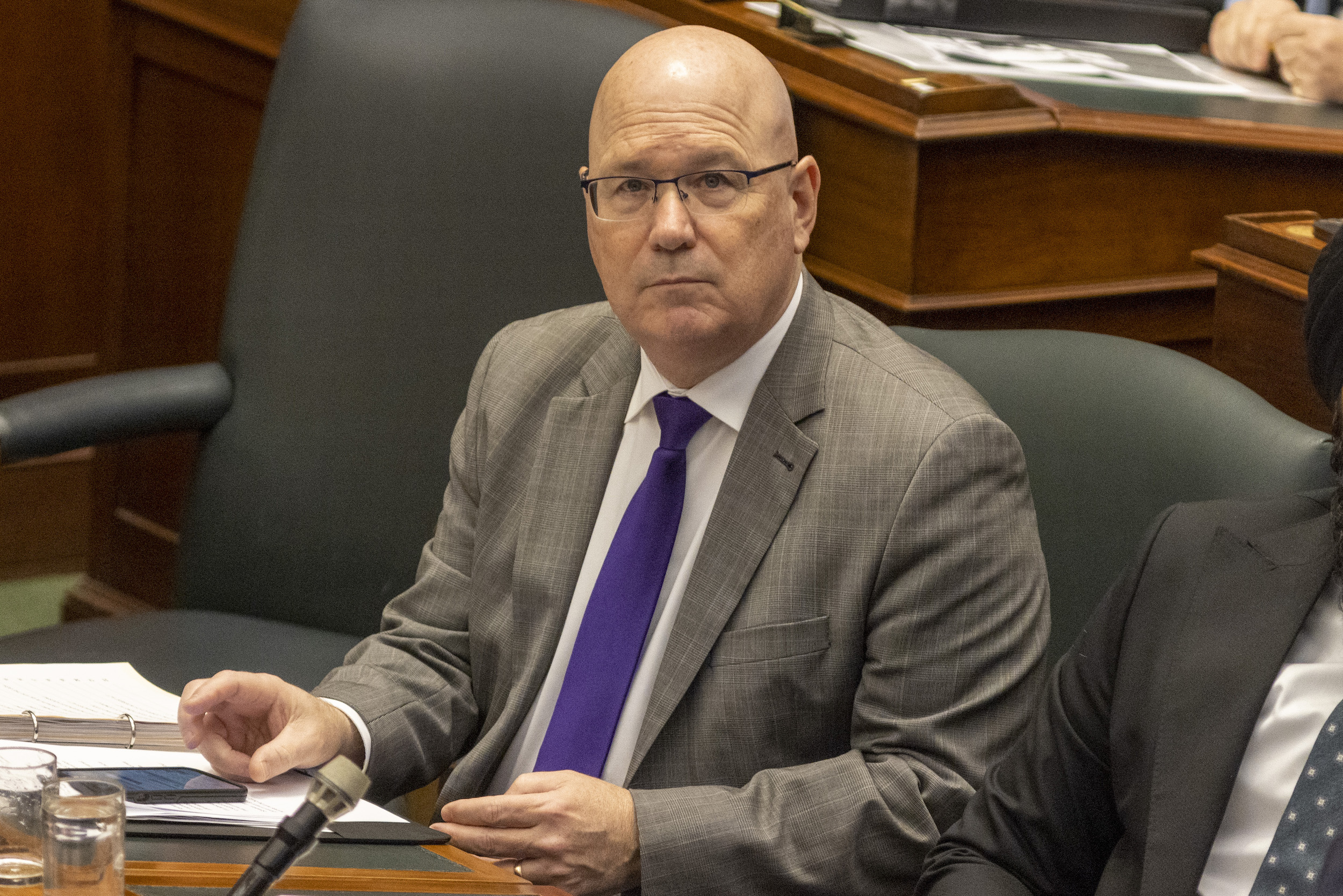
Hope for a huge, ancient and imperilled fish
First Nations are leading efforts to make sure lake sturgeon can find a home in...
The Doug Ford government is walking back its plans to extend the urban boundaries of 12 southern Ontario municipalities that would enable housing development on farmland.
In recent weeks, the government had faced increasing heat over the urban boundary changes — especially those affecting Hamilton — which critics said followed a similar pattern to contentious and now-reversed carveouts from Ontario’s Greenbelt. In a press conference Monday morning, Housing Minister Paul Calandra said he had reviewed the urban boundary decisions, including Hamilton’s, and found they weren’t done “in a manner that maintains and reinforces public trust.”
“The process was one that I was just not comfortable with,” Calandra told reporters.
“I think there was just a little bit too much involvement from the minister’s office, from individuals within the previous minister’s office.”
Calandra’s decision comes weeks after an investigation by The Narwhal showed the province made many of the changes to Hamilton’s urban boundaries in response to requests from unnamed third parties, and despite public opposition and warnings from public servants about unknown environmental consequences. The reversal means 2,200 hectares of land in Hamilton alone are no longer on the table for development, along with thousands of hectares more in nine other municipalities.
Grassroots group Stop Sprawl Hamilton, which has pushed against urban sprawl, hailed the announcement as a victory for citizens who protested the decision to allow development on farmland.
“Thousands of Hamiltonians have engaged in this fight,” the group said in a statement. “People power has won the day.”



Urban boundaries separate farmland and green space from land that is developable. In Ontario, municipalities set those lines by planning how much they’ll need to build in the coming years to keep up with population growth. That’s because land is a finite resource — especially in the Greater Toronto and Hamilton Area, where urban planners are reconciling the urgent need to build more housing with an ever-diminishing amount of farmland.
Meanwhile, land speculators buy up land on the edges of urban boundaries, betting that as cities grow they’ll be able to lobby to have their land added to the developable area and see its value go up.
For a long time, cities have approached urban expansion by building suburbs of detached, single-family homes. But now, many cities are looking to preserve farmland and green space by enabling denser development in existing urban centres, like apartments and townhouses, which require less room and also discourage car travel that begets more pollution. This shift has other benefits too: farmland ensures a local supply of food, and unpaved green spaces sequester carbon and provide habitat for species at risk and naturally mitigate floods.
The Ford government, however, has pushed cities over the last few years to sprawl outwards to enable construction of more single-family homes, which it has said are what most people want to buy. The conflict came to a head last fall, when previous housing minister Steve Clark overrode municipal councils and imposed sprawl on two municipalities, Hamilton and Halton Region, that had wanted to protect farmland instead.
Clark handed down the directives the same day in November 2022 that he introduced now-reversed changes to the Greenbelt. In the year since, he also expanded urban boundaries in a slew of other municipalities, including Waterloo Region, west of Toronto, and Ottawa.
Over the summer, public backlash over the Greenbelt changes escalated into a political crisis that led to Clark resigning on Labour Day.



Calandra’s decision is a significant reversal for the Ford government: in the weeks since he took over from Clark, Calandra had maintained that the government would not reconsider Hamilton’s urban boundaries, even though the process that led to those changes involved some of the same government staffers and developers implicated in the Greenbelt scandal.
On Monday, Calandra said he’ll soon introduce a bill doing just that. If passed, the bill would also walk back urban boundary changes in Barrie, Belleville, Guelph, Ottawa, Peterborough, Halton Region, Niagara Region, Peel Region, Waterloo Region, York Region and Wellington County. Many of those changes opened more land for development than local councils had wanted, sparking public and political backlash. Speaking to reporters Monday, Calandra said a discussion with Ottawa Mayor Mark Sutcliffe helped frame his approach.
“This really is a reset for me as a minister to work with municipal partners, so that we can remain focused on working together,” Calandra said.
Calandra said the legislation would have an exception for cases where construction might have already started, or where cancelling the official plan would go against another provincial policy. The municipalities included in the bill will now have 45 days to work with the government to amend their urban boundaries. He also said the government will “assist” with the costs of writing their growth plans again. The province is already facing requests for reimbursement from two municipalities, Pickering and Grimsby, for expenses from the government’s Greenbelt reversal.
The bill may not put municipal grumbling to rest, though — especially since the province has repeatedly upended urban planning rules in Ontario over the past year, which some critics say makes it difficult for local officials to plan anything.
“Thanks a lot for wasting a year of our time, and for nothing,” Guelph Mayor Cam Guthrie told the Guleph Mercury Tribune on Monday.
Calandra also said more walkbacks on the government’s housing policy may be coming: he has also reviewed the government’s use of a controversial land zoning power called a minister’s zoning order, or MZO. The orders, which are unappealable and can be issued without public consultation, instantly fast-track development by changing how a piece of land can be used.


The Ford government has used these orders more than any past Ontario government and faced criticism for using them to override environmental concerns, and for giving them to developers who have sought to sell their rezoned land instead of building on it.
“The vast majority of them, frankly, I’m not concerned with,” Calandra said, referring to the over 100 minister’s zoning orders issued by the province since 2018.
“Where I want to look at, full disclosure, is those that have been given [a minister’s zoning order] but work has not started in any way.”
Ontario Green Party Leader Mike Schreiner said the Ford government’s flip-flop is yet another admission that their approach to housing policy has failed.
“For two years, this government has poured their time, money and energy into helping well-connected insiders cash in on sprawl,” Schreiner said in a statement.
“This government is spiralling out of control.”
–With files from Fatima Syed
Updated Oct. 23, 2023, at 3:00 p.m. ET: This story was updated to include comment from Stop Sprawl Hamilton.
Updated Oct. 24, 2023, at 10:00 a.m. ET: This story was updated to correct the number of municipalities affected and to add comment from Guelph Mayor Cam Guthrie.
Get the inside scoop on The Narwhal’s environment and climate reporting by signing up for our free newsletter. Angello Johnson’s shoulders burn, and his arms...
Continue reading
First Nations are leading efforts to make sure lake sturgeon can find a home in...

We’re excited to share that an investigation by The Narwhal is a finalist for the...

A new documentary, Nechako: It Will Be a Big River Again, dives into how two...
